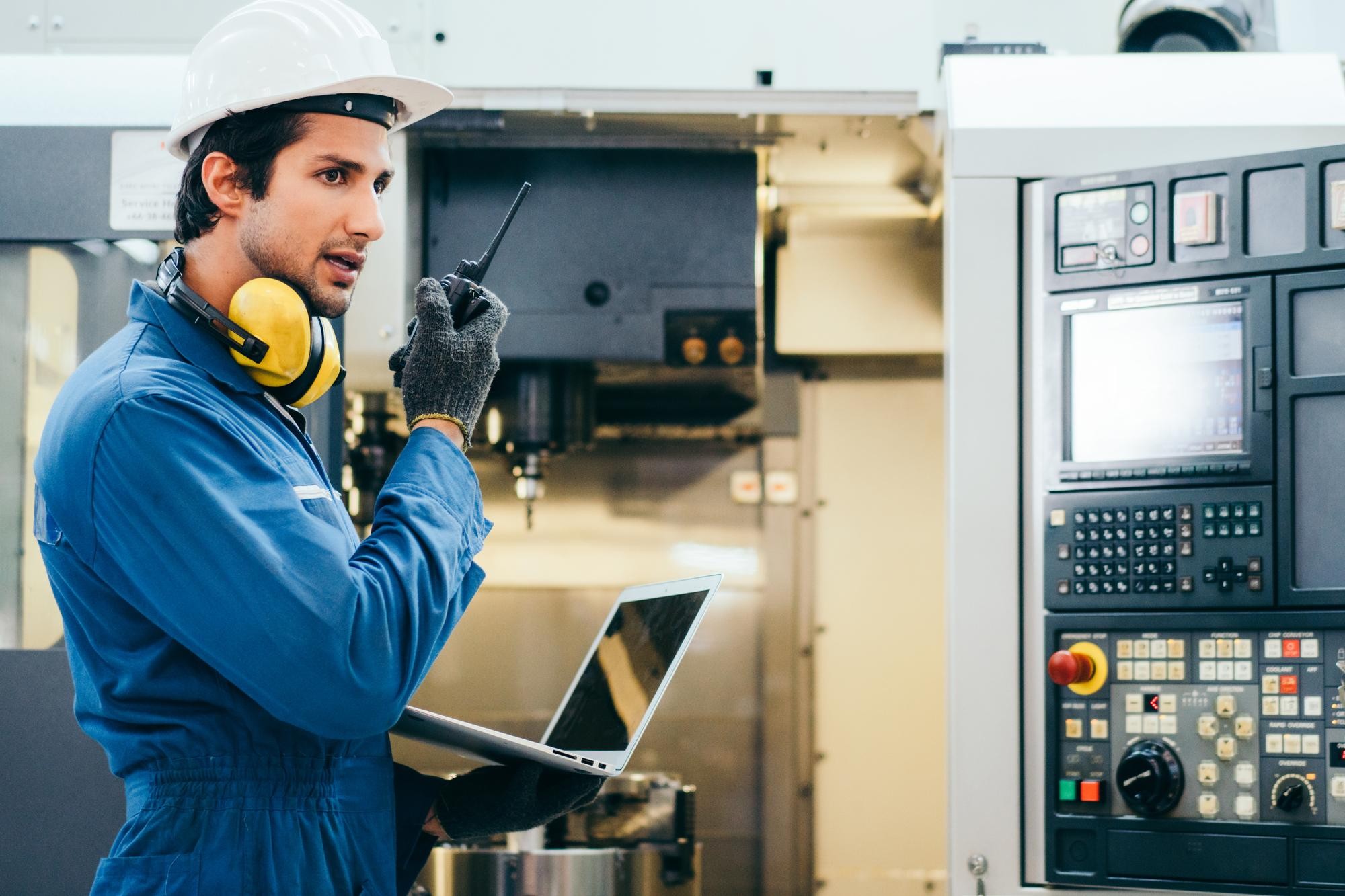Ever wondered why some machines run flawlessly for years while others constantly break down? The key to any effective equipment maintenance program is equipment calibration. While it may not be the most exciting task, regular calibration is essential for keeping your equipment running smoothly, efficiently, and safely.
In this blog post, we will explore the importance of equipment calibration in maintenance processes.
What is Equipment Calibration?
Equipment calibration is the process of checking and adjusting the accuracy of an instrument by comparing its readings with a standard reference. This ensures that the instrument’s measurements are accurate and reliable. Proper calibration is essential for maintaining precision and involves fine-tuning the instrument to match the established standards. A well-executed calibration program is important for ensuring consistent and precise readings.
Why Equipment Calibration Matters?
Calibrating equipment isn’t just a good idea—it’s a must. Whether it’s in factories, labs, or even at home, all measuring tools need regular checks to make sure they’re giving the right results. Mistakes can slow things down and can even lead to danger; doing regular, careful checks on equipment is crucial.
Different Types of Equipment Calibration
Instrument calibration is important across many industries. Here, we’ll discuss some of the most common types of calibration services.
-
Pressure Calibration
Among the most frequent calibration services is pressure calibration. When you calibrate something for pressure, you’re usually measuring gas or hydraulic pressure in different areas. To do this, we use various tools like pressure balances and calibrators, as well as different kinds of pressure gauges. When calibrating pressure instruments, it’s super important to follow ISO 17025 UKAS accreditation and national standards. Some instruments we often calibrate for pressure include:
- Pressure Gauges (Both Analog and Digital)
- Barometers
- Digital Indicators
- Digital Pressure Gauges
- Test Gauges
- Transmitters
-
Temperature Calibration
Temperature calibration is super important wherever temperature measurements really matter. It’s done in a special room where everything is controlled. There are specialized thermometers, both electrical and mechanical, that help with this. Some tools that need regular calibration include:
- Systems that collect temperature data
- Thermometers with dials
- Devices that measure temperature from a distance
- Sensors used for precise temperature measurement
- Cameras that capture thermal images
- Devices that measure temperature directly or using wires
- Stations that record weather conditions
- Chambers and Furnaces
-
Flow Calibration
Flow calibration is essential for flow meters that keep track of stuff like product quality, fuel amounts, or how things are going in an important process. 4 main types of flow meters usually need this:
- Laminar Flow Meters
- Rotameters – Gas and Air
- Thermal Mass Flowmeters
- Turbine Meters
-
Electrical Calibration
When we talk about electrical calibration, we’re talking about making sure any device used to measure electricity is giving accurate readings. This includes things like voltage, current, and how fast electricity flows.
To do this, you use special tools to check if the devices are working correctly. A fancy digital meter can do a lot of these checks.
-
Mechanical Calibration
Mechanical calibration is about making sure devices that measure things like weight, size, and how things move are working right.
Over time, these devices can start giving wrong readings because of use, stress, or changes in temperature. To fix them, we use controlled temperature settings and special methods to make sure they’re accurate.
Equipment Calibration Process
The process of calibrating equipment can vary based on the type of instrument, how important it is, and the standards it needs to meet. Below is a typical process to follow for equipment calibration:
- Pay Attention to Design: When calibrating, focus on the instrument’s design.
- Follow Instructions: Stick closely to the instructions for calibration. Any deviation or use of incorrect values can affect accuracy.
- Check Tolerance: Consider the tolerance value of the instrument. Each calibrator has its own tolerance level, influenced by factors like industry sector and location.
- Maintain Accuracy Ratio: Keeping a good accuracy ratio is crucial. This compares the accuracy of the test standard to the instrument being calibrated. Aim for at least a 4:1 ratio.
- Follow Standards: Stick to internationally recognized standards during calibration. This ensures consistency and reliability.
- Analyze Uncertainty: Conduct uncertainty analysis at the end of the calibration process. This helps identify any factors that may have influenced the calibration results.
Asset Calibration Standards
In industries where precision matters, it’s crucial for factories to keep their equipment finely tuned. This means regularly checking and adjusting their devices, while also keeping detailed records of these calibrations.
One widely recognized benchmark for quality management is ISO 9001. It lays out principles to ensure products and services meet high standards. But depending on your industry, there are other rules to follow:
- US CFR 21: These are regulations from the Food & Drug Administration that have similar calibration requirements to ISO 9001.
- ISO 17025: This is for labs to prove they produce reliable results.
- US CFR 40 (EPA rules): These focus on environmental protection.
- NFPA: This organization sets safety standards and advocates for fire and electrical safety.
Furthermore, every instrument needs traceability. This means being able to track its calibration back to a standard measurement system (like the metric system).
How Often Should an Equipment Get Calibrated?
Deciding how often to calibrate equipment—whether it’s monthly, quarterly, or semi-annually—depends on how important the measurements are. If you use the equipment a lot for crucial tests, it’s better to calibrate it more frequently. Doing this reduces the risk of getting unreliable results. Generally, calibrating more often ensures better accuracy. The frequency of calibration should be determined based on the usage patterns of the equipment.
Closing Thoughts
Keeping your equipment accurate and safe is crucial, but managing calibration for lots of instruments can be a hassle. That’s where NEXGEN’s CMMS comes in handy.
NEXGEN provides a central hub to simplify your equipment calibration program.
Here’s how it works:
- Automated Scheduling & Reminders: Say goodbye to missed calibrations! Set up automatic scheduling based on manufacturer recommendations or usage patterns. Get timely alerts before calibration is due.
- Detailed Calibration Records: Keep a thorough digital record of every calibration event, including date, technician, reference standards used, and calibration certificates. This ensures easy traceability and simplifies audits.
- Work Order Management: Streamline the calibration process by generating work orders for technicians, and outlining specific procedures and required tools. Track progress and ensure completion.
- Improved Data Analysis: Extract valuable insights from past calibrations. Spot trends and optimize your program based on equipment usage and historical data.
With NEXGEN, you can lighten the load of equipment calibration, guaranteeing top-notch performance and enhancing overall maintenance efficiency.
Interested in trying NEXGEN?






